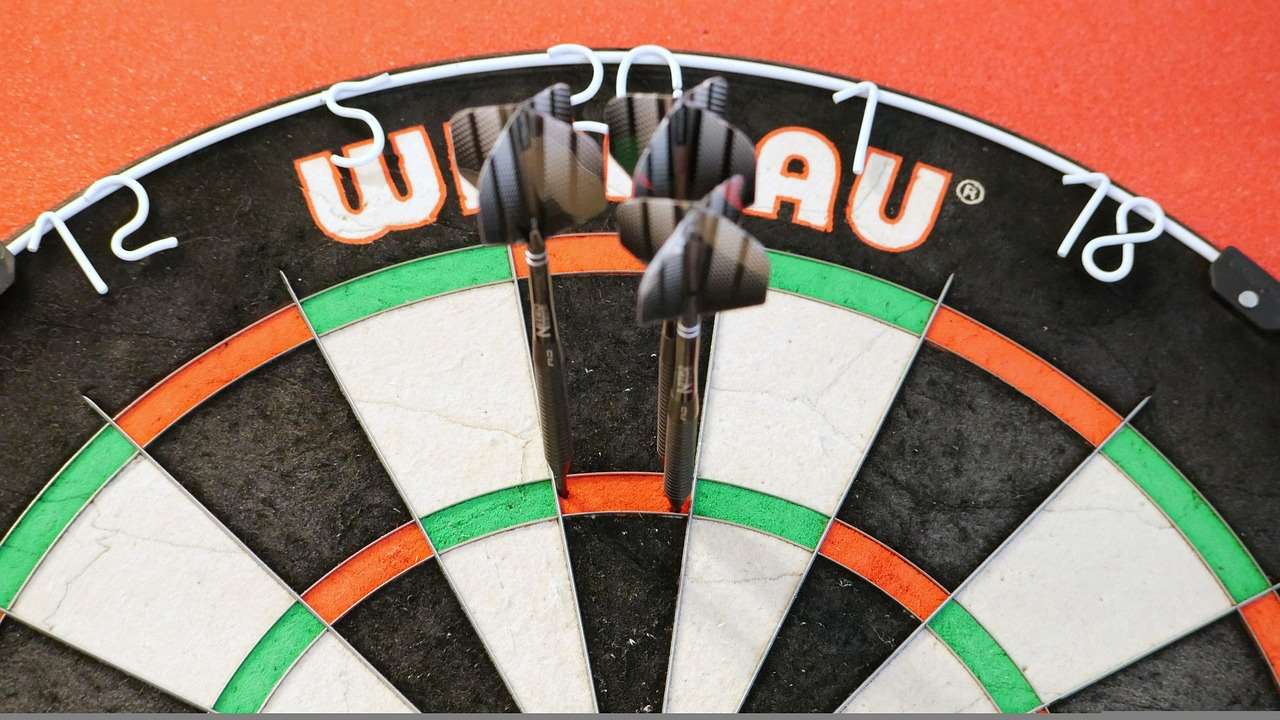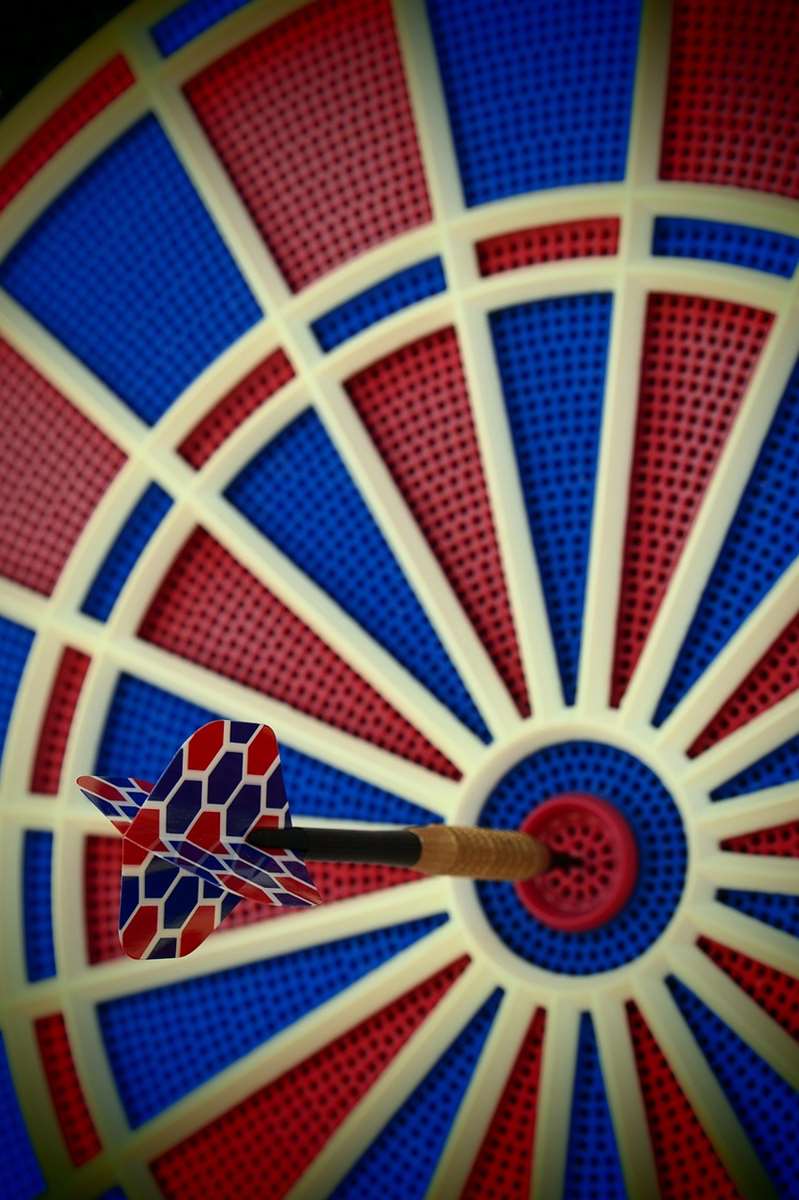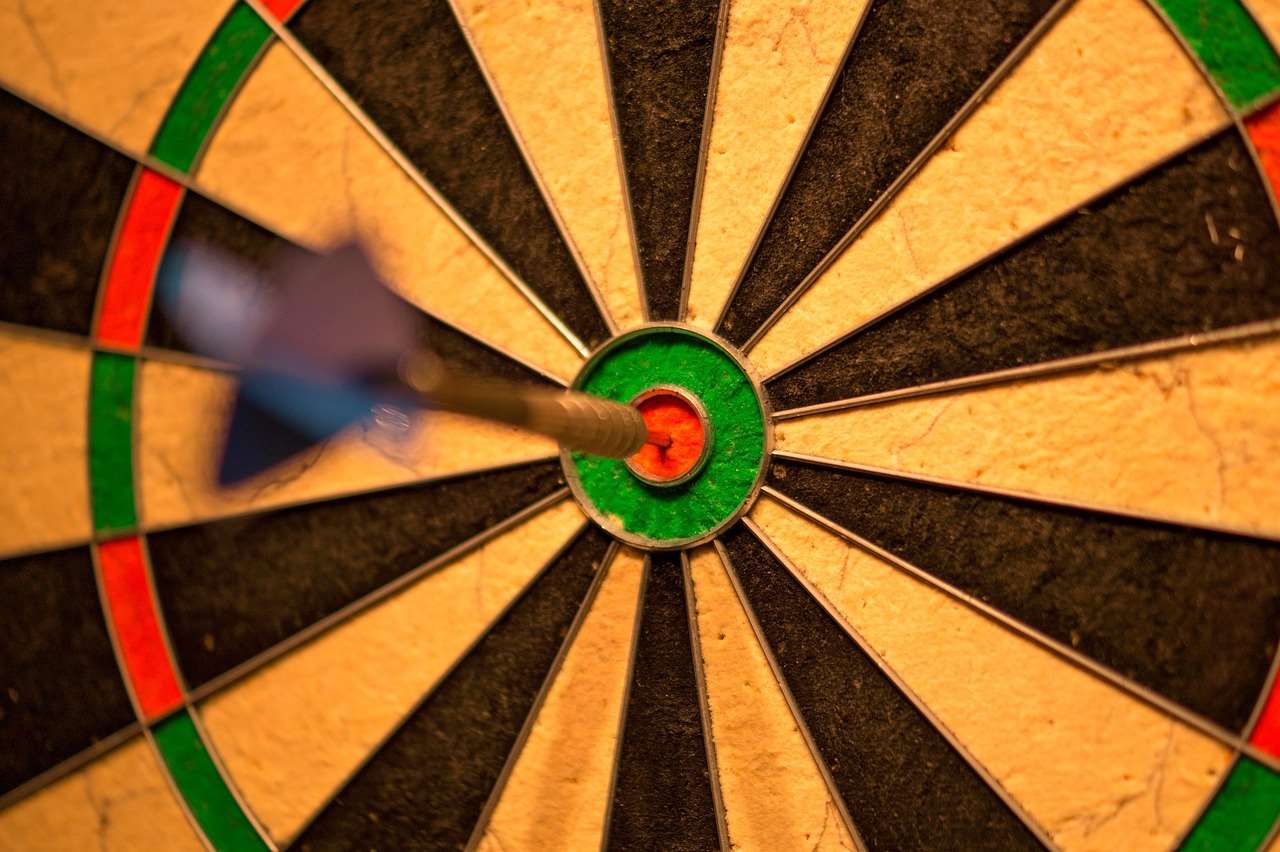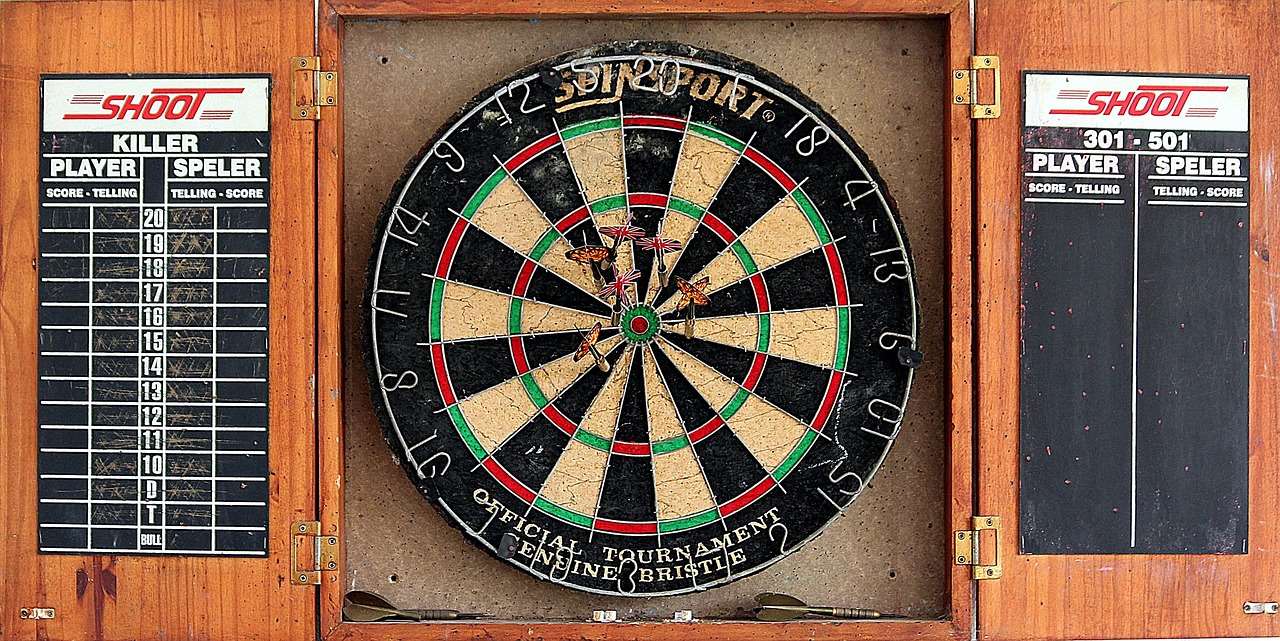Stat Analysis For Specific Tournaments provides a crucial edge, enabling participants to identify strengths, weaknesses, and opportunities for improvement leading to better performance. This article will explore how to effectively utilize statistical data to enhance tournament preparation and in-game decision-making, covering key metrics, analysis methods, and practical applications.
⚠️ Still Using Pen & Paper (or a Chalkboard)?! ⚠️
Step into the future! The Dart Counter App handles all the scoring, suggests checkouts, and tracks your stats automatically. It's easier than you think!
Try the Smart Dart Counter App FREE!Ready for an upgrade? Click above!
The Power of Stat Analysis For Specific Tournaments
In the competitive world of tournaments, whether it’s darts, chess, or esports, understanding the numbers can be the difference between victory and defeat. Stat analysis for specific tournaments goes beyond simply tracking wins and losses; it delves into the granular details of performance, uncovering valuable insights that can be used to refine strategy, optimize training, and make informed decisions during crucial moments. Mastering these techniques offers a considerable advantage to players, coaches, and analysts alike.

Key Performance Indicators (KPIs) in Tournament Analysis
Identifying the right **Key Performance Indicators (KPIs)** is paramount. What metrics truly matter in the context of your specific tournament? This varies greatly depending on the game or sport. Here are a few examples across different domains:
- Darts: First 9 average, checkout percentage, 180s per leg, average throw per leg.
- Chess: Opening win percentage, middlegame conversion rate, endgame accuracy, time spent per move.
- Esports (League of Legends): Kill/Death/Assist ratio (KDA), gold per minute (GPM), creep score (CS), objective control (turrets, dragons, Baron).
- Poker: VPIP (Voluntarily Put In Pot), PFR (Preflop Raise), Aggression Factor, Win Rate.
Understanding these KPIs provides a quantifiable basis for performance evaluation. Let’s consider how this applies to darts. A consistent analysis of a player’s “First 9 average” in different tournaments can help determine if they perform better under pressure or in certain environments. Similarly, tracking “checkout percentage” highlights a player’s ability to finish legs efficiently.
Data Collection and Management
The foundation of any effective statistical analysis is reliable data collection. This involves accurately recording relevant metrics during tournaments, whether manually or through automated systems. Proper data management is also crucial for efficient analysis. Using spreadsheets or dedicated databases allows for easy sorting, filtering, and aggregation of data. Clean and well-organized data is essential for deriving meaningful insights.

Methods of Stat Analysis For Specific Tournaments
Once you have your data, various methods can be employed for stat analysis for specific tournaments. Here are some common approaches:
- Descriptive Statistics: Calculating averages, medians, standard deviations, and percentiles to summarize performance.
- Trend Analysis: Identifying patterns and trends in performance over time or across different tournaments.
- Comparative Analysis: Comparing a player’s performance against their own past performance, against other players, or against specific benchmarks.
- Regression Analysis: Identifying the relationship between different variables and their impact on performance (e.g., how does practice time correlate with checkout percentage in darts?).
- Predictive Modeling: Using statistical models to forecast future performance based on past data.
For instance, in chess, analyzing a player’s opening repertoire and their success rate with different openings can reveal weaknesses to address. A trend analysis of their endgame accuracy over a series of tournaments might indicate fatigue issues or the need for more focused training.
Tools and Technologies for Stat Analysis
Numerous tools and technologies are available to streamline the process of stat analysis for specific tournaments. Spreadsheets like Microsoft Excel and Google Sheets are a good starting point for basic analysis. More advanced statistical software packages such as R, Python (with libraries like Pandas and NumPy), and SPSS provide powerful capabilities for data manipulation, visualization, and modeling. In the realm of esports, specialized platforms often offer built-in analytics tools to track player statistics and team performance.

Practical Applications of Tournament Stat Analysis
The real value of stat analysis for specific tournaments lies in its practical applications. Here’s how you can use data-driven insights to improve performance:
- Identifying Strengths and Weaknesses: Pinpointing areas where a player excels and areas that require improvement. This allows for targeted training and development.
- Strategy Optimization: Tailoring strategies based on data about opponents, game conditions, and personal performance.
- In-Game Decision-Making: Making informed decisions during matches based on real-time data and statistical probabilities. For example, in poker, understanding the pot odds and the probability of hitting a winning hand.
- Performance Monitoring: Tracking progress over time and identifying areas where training interventions are needed.
- Opponent Analysis: Studying an opponent’s strengths, weaknesses, and tendencies to develop effective counter-strategies.
Consider a darts player consistently struggling with double 16. Stat analysis would clearly highlight this weakness, prompting targeted practice sessions on that specific checkout. Similarly, in League of Legends, identifying that a team consistently loses when they fail to secure the first dragon can lead to a strategic shift to prioritize early dragon control.

Ethical Considerations in Tournament Stat Analysis
While stat analysis for specific tournaments is a valuable tool, it’s crucial to use it ethically and responsibly. Avoid using data to engage in unfair practices, such as exploiting vulnerabilities in opponents’ personal lives. Always respect privacy and confidentiality. Transparency is also important. Be upfront about how you are collecting and using data, and obtain consent when necessary.
Furthermore, it’s important to recognize the limitations of statistical analysis. Data can be misinterpreted or used to draw inaccurate conclusions. Always consider the context and potential biases in the data. Statistical analysis should be used as a tool to inform decision-making, not as a replacement for human judgment.

Future Trends in Tournament Stat Analysis
The field of stat analysis for specific tournaments is constantly evolving. Here are some emerging trends to watch out for:
- Advanced Analytics: Using machine learning and artificial intelligence to uncover deeper insights and predict future performance with greater accuracy.
- Real-Time Analytics: Developing systems that can provide real-time statistical analysis during matches, enabling players and coaches to make immediate adjustments.
- Wearable Technology: Utilizing wearable sensors to track physiological data, such as heart rate and stress levels, to gain a better understanding of how these factors impact performance.
- Data Visualization: Creating more interactive and intuitive visualizations to make data easier to understand and interpret.
The future of stat analysis is about leveraging technology to unlock even greater insights and empower individuals to reach their full potential.
Remember, understanding the Darts Culture And Community Guide can also give you an extra edge. You might even be inspired to start How To Start A Darts League and use these insights to manage your league better.
Conclusion
Stat analysis for specific tournaments is a powerful tool that can provide a significant advantage to anyone looking to improve their performance. By understanding key metrics, employing appropriate analysis methods, and applying data-driven insights, players, coaches, and analysts can make informed decisions, optimize strategies, and achieve their goals. Whether you’re a seasoned professional or just starting out, embracing the power of statistical analysis can help you take your game to the next level. So, start collecting data, exploring analysis techniques, and unlocking the potential that lies within the numbers. Take control of your game and become a data-driven champion! Learn more about Promoting Local Darts and Recruiting Members Darts League Club as they relate to data analysis. Further information can be found by Darts League Management Tips.
Hi, I’m Dieter, and I created Dartcounter (Dartcounterapp.com). My motivation wasn’t being a darts expert – quite the opposite! When I first started playing, I loved the game but found keeping accurate scores and tracking stats difficult and distracting.
I figured I couldn’t be the only one struggling with this. So, I decided to build a solution: an easy-to-use application that everyone, no matter their experience level, could use to manage scoring effortlessly.
My goal for Dartcounter was simple: let the app handle the numbers – the scoring, the averages, the stats, even checkout suggestions – so players could focus purely on their throw and enjoying the game. It began as a way to solve my own beginner’s problem, and I’m thrilled it has grown into a helpful tool for the wider darts community.